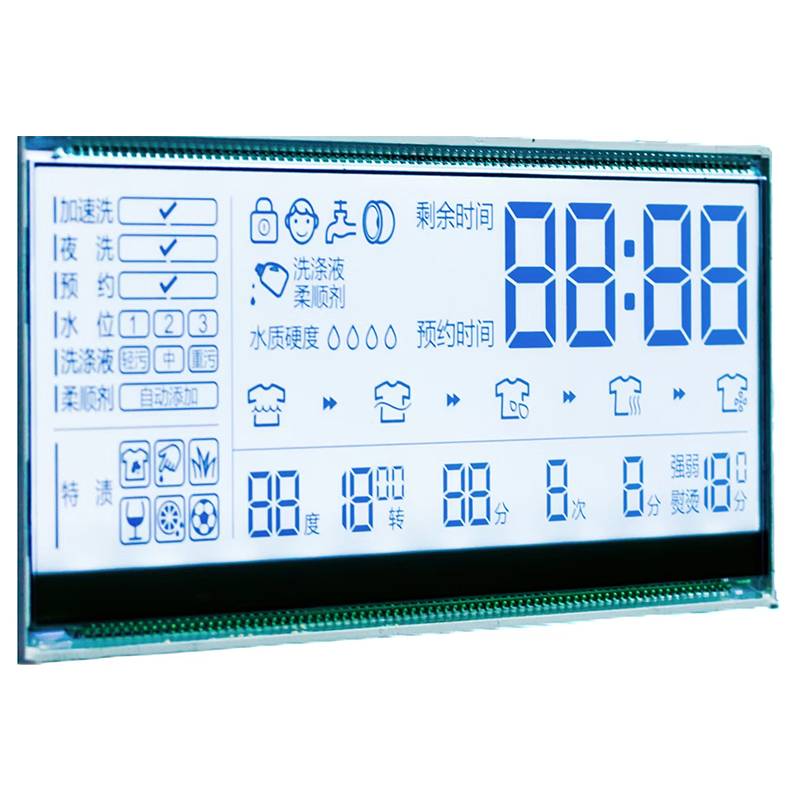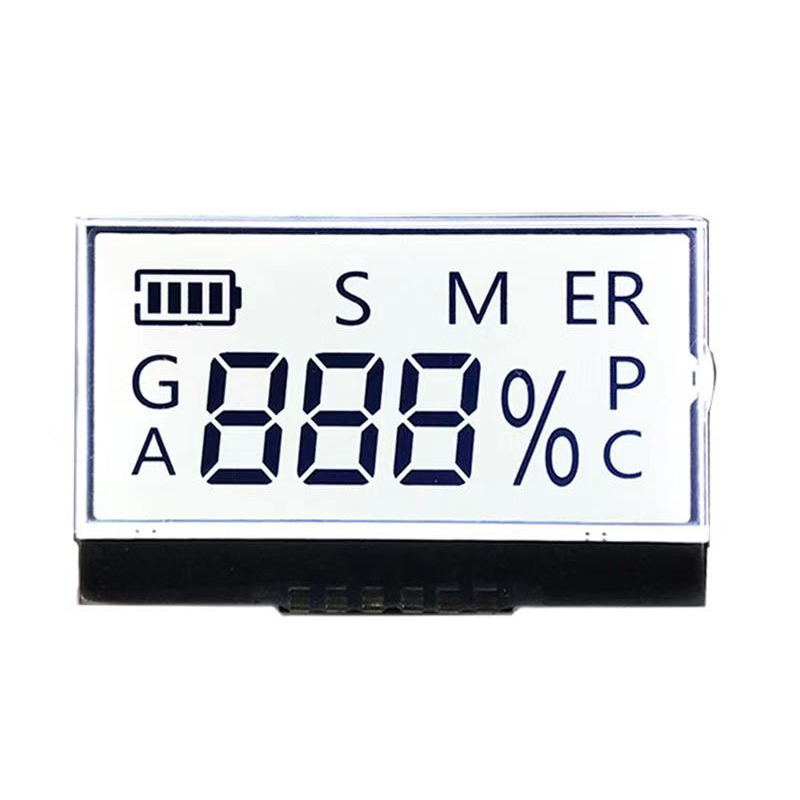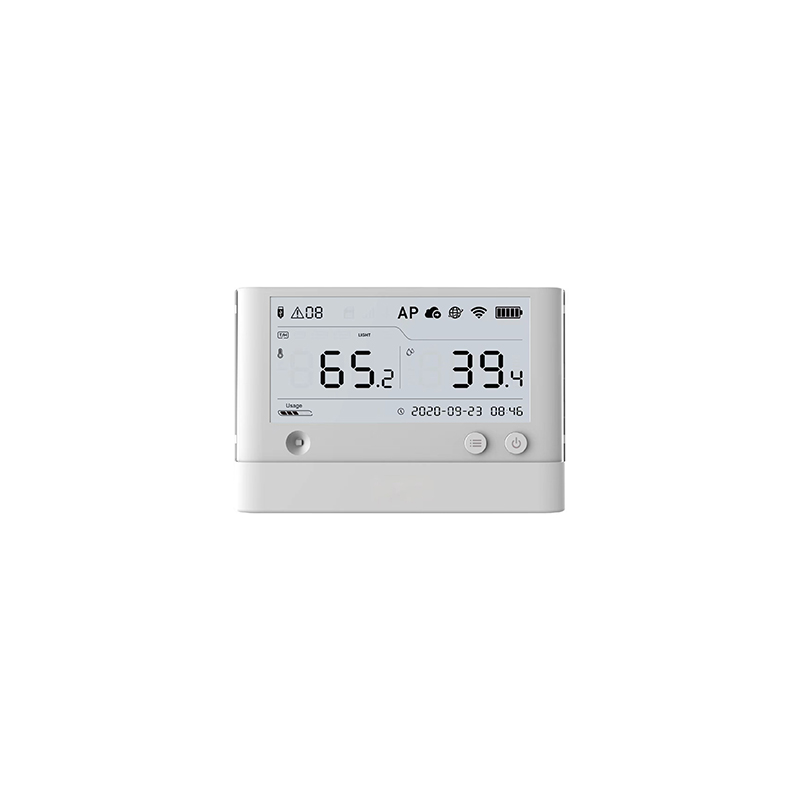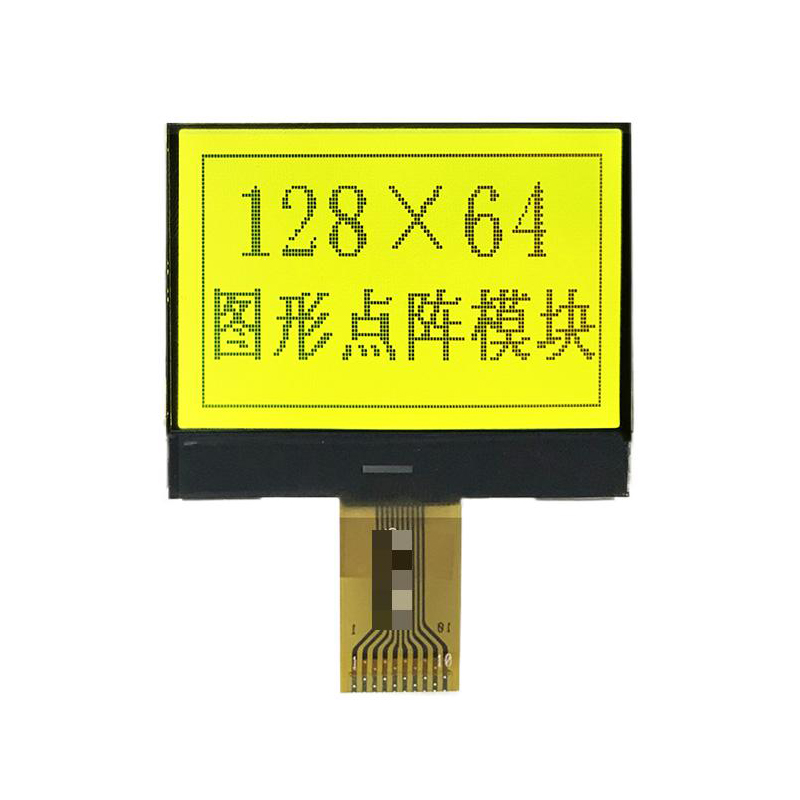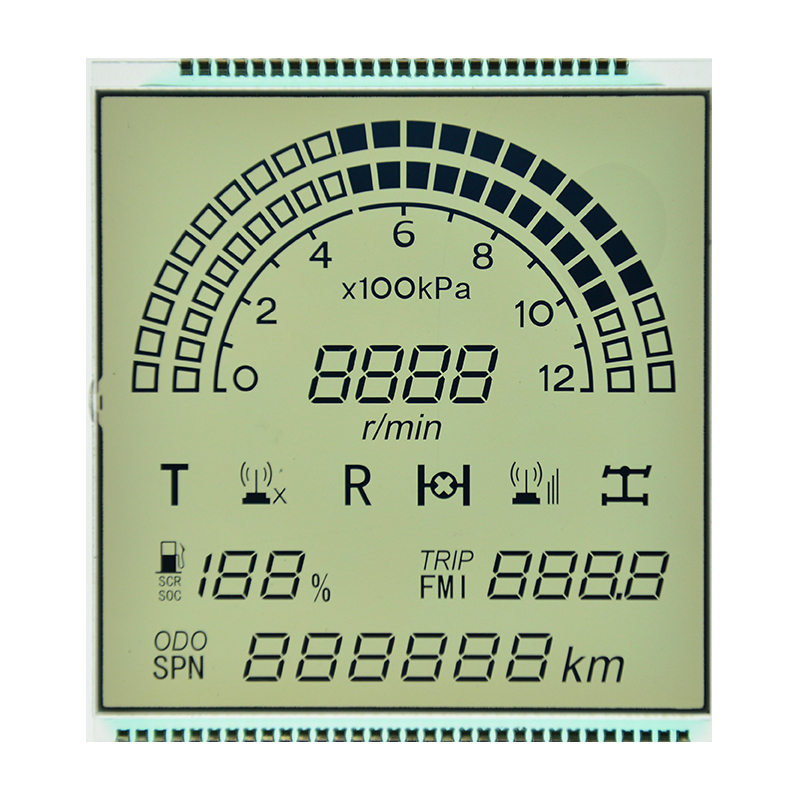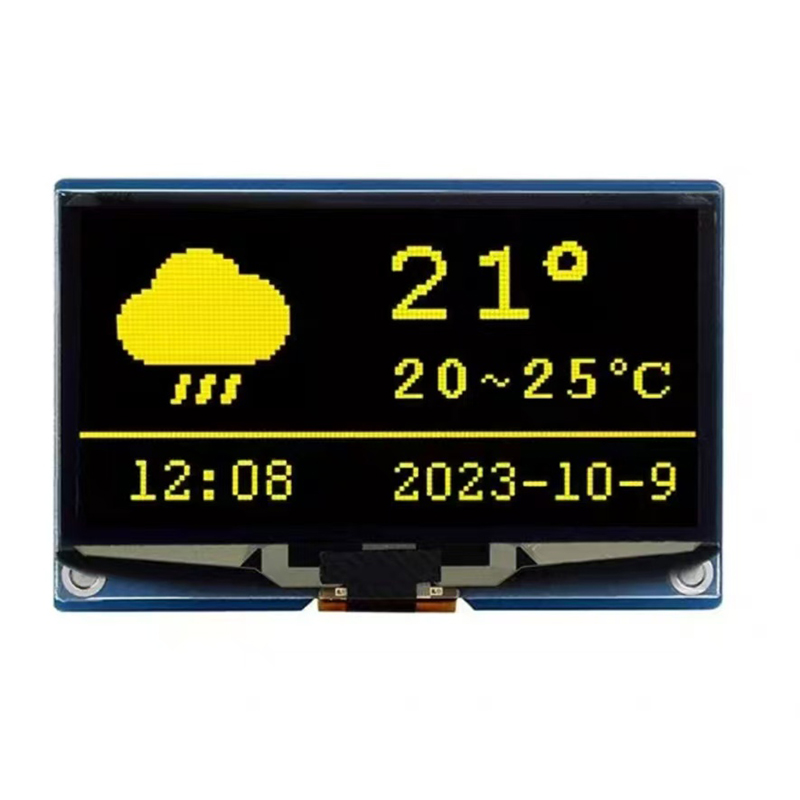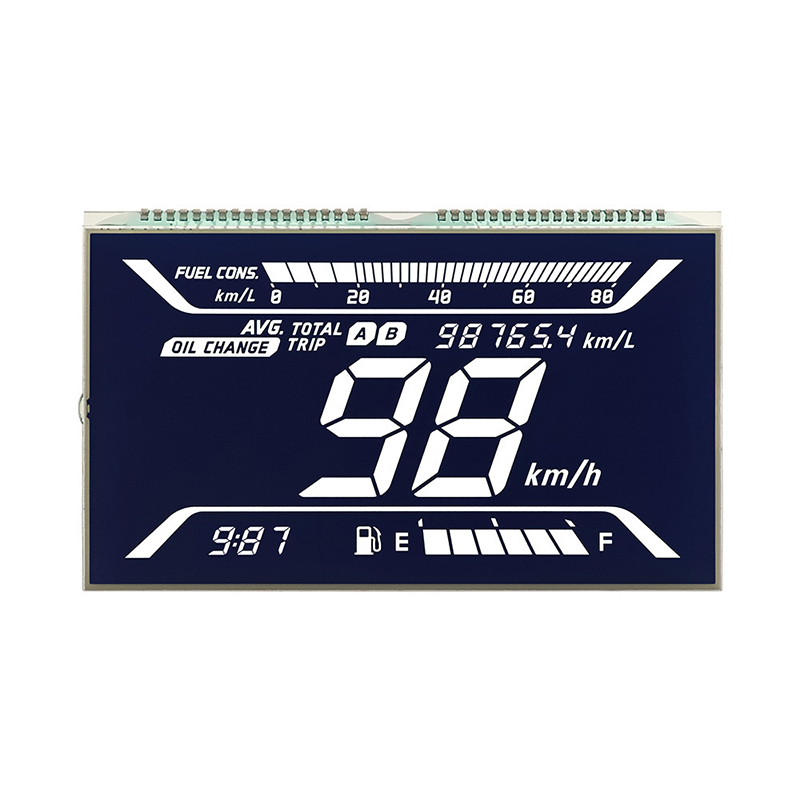
This guide explores the world of LTPO OLED displays, comparing different models and helping you understand what makes them stand out. We delve into their features, benefits, and drawbacks, ultimately guiding you to make an informed decision when choosing a screen technology.
LTPO stands for Low-Temperature Polycrystalline Oxide. It's a type of backplane technology used in OLED displays. Unlike traditional amorphous silicon (a-Si) TFT backplanes, LTPO allows for much higher refresh rates and lower power consumption, especially crucial for always-on displays and adaptive refresh rate features. This is achieved through higher electron mobility and lower leakage current in the transistors.
The key benefit of LTPO OLED displays is their ability to dynamically adjust the refresh rate. This means the display can smoothly transition between different refresh rates, conserving battery life when a high refresh rate isn't needed (like when reading static text) and providing a fluid, responsive experience when it is (like during gaming). This adaptive refresh rate capability makes them highly power-efficient compared to traditional OLEDs.
When comparing different LTPO OLED displays, several key features should be considered. These include resolution (measured in pixels per inch or PPI), peak brightness (measured in nits), color accuracy (often represented by a color gamut like DCI-P3), response time (how quickly pixels change color), and contrast ratio (the difference between the brightest and darkest colors).
Several manufacturers produce high-quality LTPO OLED displays. Researching specific models from reputable brands like Samsung, LG, and BOE will provide a range of options with varying specifications and price points. It's important to check reviews and specifications from reliable sources before making a purchase.
Understanding the strengths and weaknesses of LTPO OLED compared to other screen technologies like AMOLED (without LTPO) and LCD helps in decision making. While all offer advantages, LTPO OLED often stands out due to its power efficiency and smooth adaptive refresh rate capability.
| Feature | LTPO OLED | AMOLED | LCD |
|---|---|---|---|
| Power Consumption | Low (adaptive refresh rate) | Medium | High |
| Refresh Rate | Adaptive (e.g., 1-120Hz) | Fixed (e.g., 60Hz or 90Hz) | Fixed (e.g., 60Hz) |
| Contrast Ratio | Infinite (theoretically) | High | Low |
| Color Accuracy | Excellent | Excellent | Good |
The best LTPO OLED display depends on your individual requirements and budget. Consider the intended use (e.g., smartphone, tablet, monitor). Factors such as screen size, resolution, refresh rate, and power consumption should all be taken into account.
For high-quality displays and innovative display solutions, consider exploring the expertise of Dalian Eastern Display Co., Ltd. They offer a wide range of display options, including custom solutions to meet specific needs. Their commitment to innovation and quality makes them a key player in the display technology market.
LTPO OLED displays represent a significant advancement in screen technology. By understanding their capabilities and comparing them with other options, you can make an informed choice that best suits your needs and preferences.
Remember to check product specifications and reviews from reputable sources before making a purchase.


